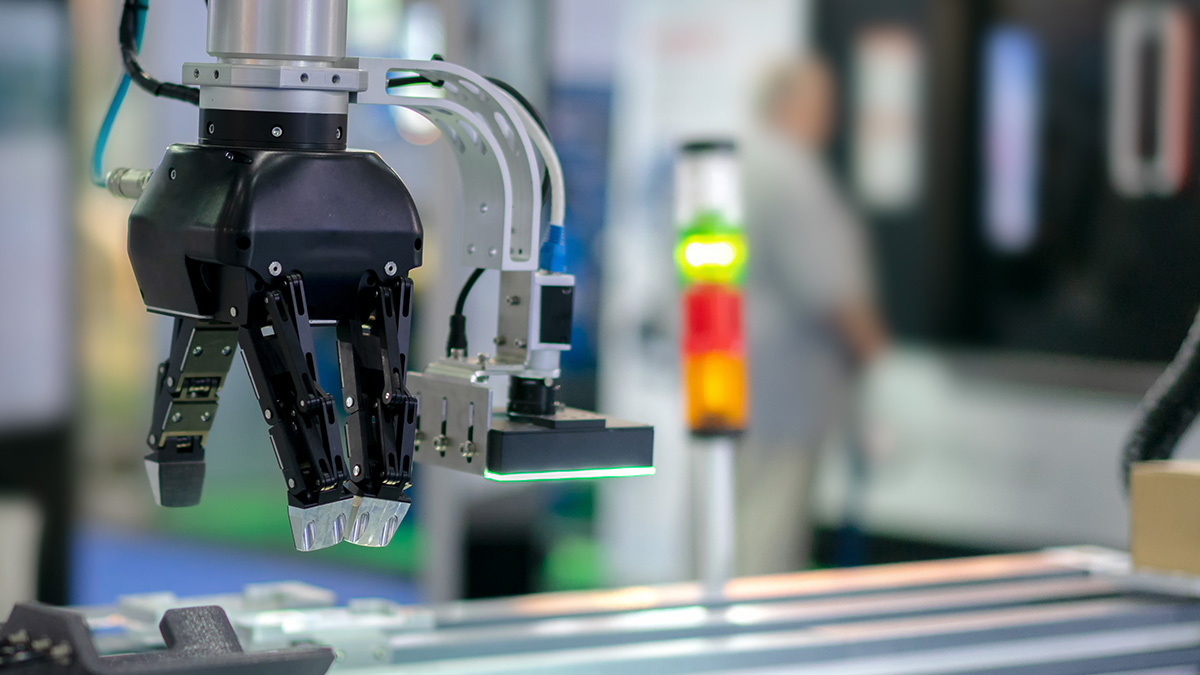
In today’s manufacturing environment, the pressure to deliver innovative products to the market quickly while maintaining exceptional quality has intensified, creating a highly competitive race among businesses. As a result, companies are constantly seeking efficient strategies that can help them expedite their manufacturing processes without compromising the quality of their products.
Challenges
From the initial ideation stage to design, prototyping, testing, and final production, each step of the product development cycle requires meticulous planning and execution. However, the time-consuming nature of these steps often leads to delays, causing businesses to lose valuable opportunities within the market.
Another significant challenge lies in the manufacturing process itself. Companies strive to optimize manufacturing operations to:
- Achieve higher productivity
- Reduce costs
- Improve overall efficiency
However, traditional manufacturing approaches often come with inherent bottlenecks and inefficiencies that hinder speed and agility.
Businesses also face the task of effectively managing their supply chain. The globalization of markets and the reliance on diverse suppliers and manufacturers across different geographic regions present unique challenges. Additionally, coordinating the procurement of raw materials, managing inventory levels, and ensuring timely delivery of components and finished products all become critical factors in shortening the product development cycle.
Companies nowadays need robust supply chain strategies that enable seamless collaboration and communication with suppliers around the world to minimize lead times and enhance delivery efficiency.
Clear Solutions
Quite obviously, the manufacturing industry faces many problems. In order to overcome these complex challenges, companies can enact one or all of these practices:
- Adopt quality control and regulatory compliance standards
- Leverage advanced technology solutions
- Collaborate with global partners
- Offer product customization and personalization
Spotlight: Technology Solutions
To address the challenges associated with supply chain management and to expedite the product development cycle, effective solutions can be reached by implementing new technologies.
- To meet the challenges of maintaining consistent product quality and meeting regulatory standards, companies can utilize advanced quality control systems and robust compliance management processes. Technologies such as automated inspection systems, machine vision, and real-time monitoring, can ensure that products meet the desired specifications and quality standards throughout the production process. These systems can detect defects, inconsistencies, or variations in products, allowing for timely adjustments while minimizing the risk of producing substandard goods.
- With automation and robotics playing a growing role in major industry sectors including manufacturing, production capabilities are enhanced, errors are minimized, and the assembly process quickens. Furthermore, integrating data analytics and AI allows businesses to make accurate data-driven decisions, predict and prevent potential issues, and optimize routing and transportation, reducing lead times and improving overall logistics. With real-time data analytics and predictive modeling, companies can forecast demand accurately, identify potential bottlenecks, and proactively manage inventory to avoid delays.
- Digital platforms and cloud-based systems can enhance visibility and collaboration across the supply chain. Supply chain management software can help streamline procurement processes, optimize inventory levels, and automate supplier relationship management. Also, integrating Internet of Things (IoT) devices and sensors throughout the supply chain provides real-time monitoring of shipments, ensuring timely delivery and reducing the risk of disruptions.
- Technologies like additive manufacturing (3D printing) and computer-aided design (CAD), can easily integrate parts and product customization into manufacturing production. These technologies enable the creation of unique and personalized components without compromising efficiency or incurring excessive costs. With advanced design software and simulation tools, companies can modernize their product designs and eliminate the need for multiple physical prototypes.
Closing Thoughts
Investing in advanced technologies offers businesses a transformative solution to address the many challenges encountered in the manufacturing process. These cutting-edge tools not only effectively navigate the complexities of supply chains but also significantly reduce delays and optimize product development cycles.
The incorporation of new technologies brings about enhanced productivity, substantial cost savings, and a distinctive competitive advantage in virtually all marketplaces. These advancements empower businesses to overcome obstacles that were once seen as insurmountable, paving the way for a future of innovation and growth.
Discover how Dalrada Corporation and its subsidiaries are helping companies overcome manufacturing channels with advanced technology and enhanced methodologies. Sign up to receive the latest news, updates, and articles from Dalrada.

